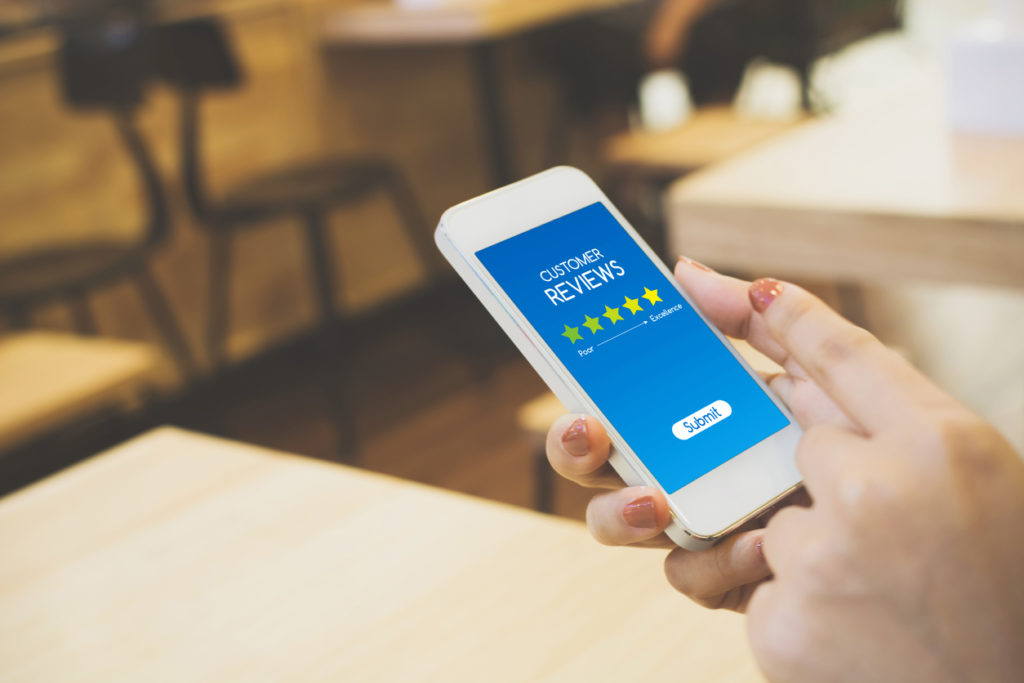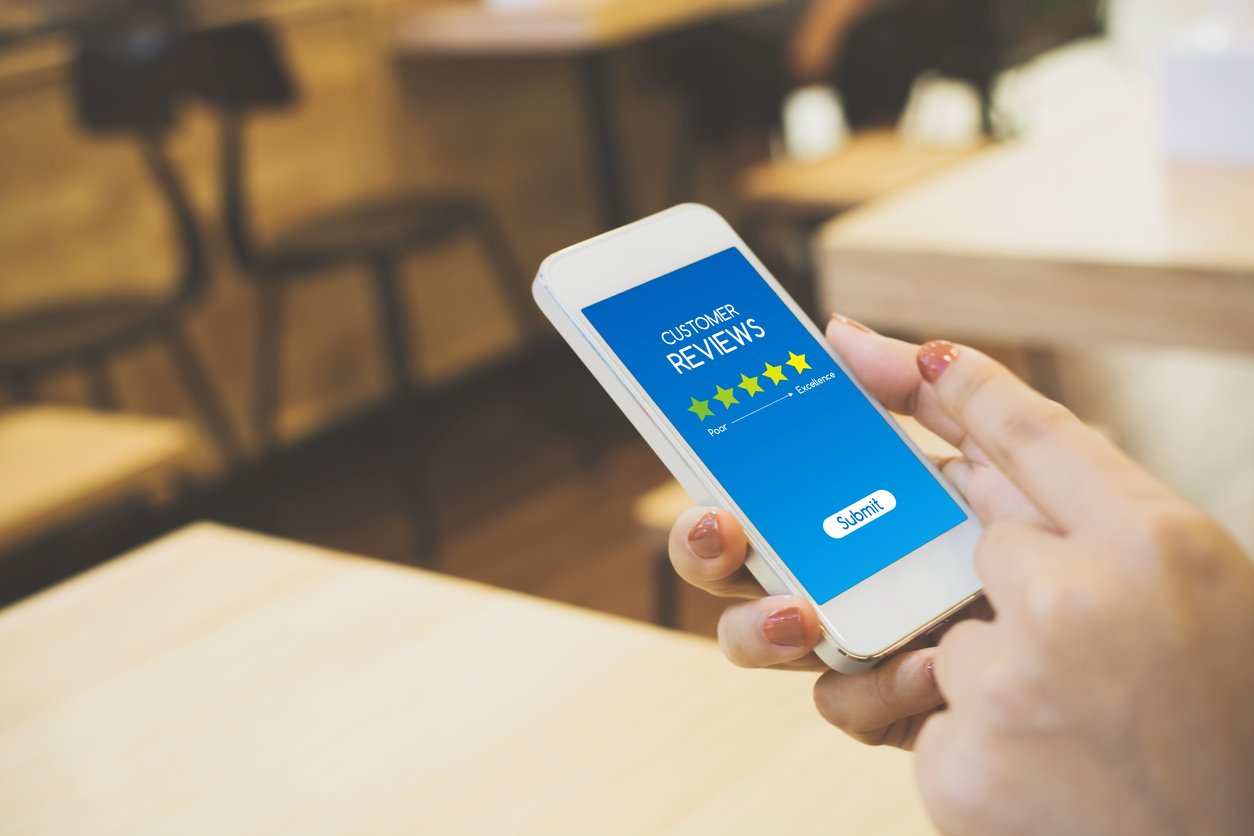Customer experience is a phrase that is frequently tossed around. According to the White House office of Consumer Affairs, on average, loyal customers are worth up to 10 times as much as their first purchase. So it’s clear that it’s worthwhile to put in the effort to make customers are happy. But how do you know the customer experience programs you’ve implemented meet your goals?
There are, in fact, several established methods for tracking and scoring the effectiveness of your customer experience efforts. The top three are Net Promoter Score (NPS), Customer Satisfaction Score (CSAT), and Customer Effort Score (CES).
According to Forrester, the revenue impact from a 10% improvement in a company’s customer experience score can translate into more than $1 billion. That makes it clear that you need to measure customer experience, understand where you need to implement improvements, and then execute the programs you develop.
But which score should you use to achieve that kind of incredible gain?
CSAT
CSAT is probably the most confusing of the three scoring methods, because it covers a broad range of questions that can be tailored to each company or situation. The questions are usually asked in relation to a specific transaction (for instance, a customer service call or a purchase).
There are five possible answers to each question: very satisfied, somewhat satisfied, neither satisfied nor dissatisfied, somewhat dissatisfied, very dissatisfied.
Read: Grow Customer Satisfaction by Practicing Respect
Pros: Based on the results, you can better understand the effectiveness of a specific transaction.
Cons: A specific transaction does not necessarily reflect a company-wide effort like “improve customer experience”. Moreover, it’s easy for people to answer in the middle range (which doesn’t really tell the company much) or, if they’re not really engaged, not to answer the questions at all.
NPS
To calculate NPS, a single question is asked: How likely is it that you would recommend our company/product/service to a friend or colleague? The scoring for this answer generally ranges from 0 to 10. Often this question is followed by a field, wherein a person can elaborate on his or her answer.
Read: Customer Experience: Show Customers Love at Every Stage
The score is calculated by subtracting the percentage of detractors (those who scored 0-6) from the percentage of promoters (those who scored 9-10). Those who scored 7-8 are considered passives and while they contribute to the total number of respondents, they do not affect the score.
Pros: It’s not too difficult to convince someone to answer a single question.
Cons: The question may not be a good indicator of whether or not a person would actually recommend the product/service/company, nor does it necessarily reflect whether or not a purchase would be made.
CES
A Customer Effort Score is exactly what it sounds like: a single question posed to judge the effort it took to complete an action, transaction, or process. The question itself is: How much effort did you personally have to put forth to handle your request? Answers range from 1 (low effort) to 5 (high effort).
More recently, another question has been offered as an option: The organization made it easy for me to handle my issue.” The answer range is the same as with the previous question (1-5).
Read: The Shocking ROI of Improving Customer Service
The theory behind CES is that it’s not necessary to produce an extraordinary experience, just one that meets expectations. According to a study by Oracle, 82% of people describe their buying experience as “taking too much effort”. CES can help you pinpoint specific ways to change that issue.
Pros: Makes it easier to understand where improvements can be made. Lower effort has also been directly linked to customer repurchases, thereby accelerating lifetime customer value. In fact, according to CEB research, 94% of customers who have a low-effort service experience will buy from that same company again. And CES has been proven to be the best indicator of customer loyalty.
Cons: CES does not address the influence that factors like your price, product and competitors can have on those answering the question. In addition, it does not provide direction about what actually made a transaction easy/difficult.
So which scoring system is right?
The answer as to which scoring method to use really depends on what you are trying to get out of your research.
CSAT is a good one to use if you want to measure the short-term happiness of your customers around a single transaction. NPS can give you a decent indicator of whether or not someone would recommend a product/service. CES is a great indicator of the lifetime value of a customer. You could even opt to use a combination of scoring methods in order to understand what actions your company has to take to improve customer experience.
Read: The Striking Benefits of Seeing Eye-to-Eye: Top 10 Visual Engagement Use Cases
The bottom line is that it’s critical to be measuring customer experience. If you have no baseline and no understanding of where your company is experiencing issues, then you will have no way to fix problems.
Which method you use is up to you and your specific circumstances. If you are measuring customer experience on a regular basis, however, and then making a plan to improve trouble spots, you are sure to come out ahead.
Are you ready to discover how Glance visual engagement solutions can improve customer engagement and increase sales for your business?
Sign up for your personalized Glance demo today!
About Glance Networks
Glance helps enterprise organizations create the ultimate customer experience with smart, omni-channel visual engagement solutions based around integrated cobrowse, screen share, and one-way agent video. We are one of the world’s simplest, most reliable and secure platforms that enable companies to see, show and share anything online, creating a frictionless path to great experiences in sales, support and customer service. The result is improved customer satisfaction and loyalty, increased revenue growth and operational savings. From financial services and healthcare to retail and travel and leisure, even the most advanced technology and SaaS organizations – we transform the customer experience for today’s business. Learn More »
SaveSave
SaveSave



